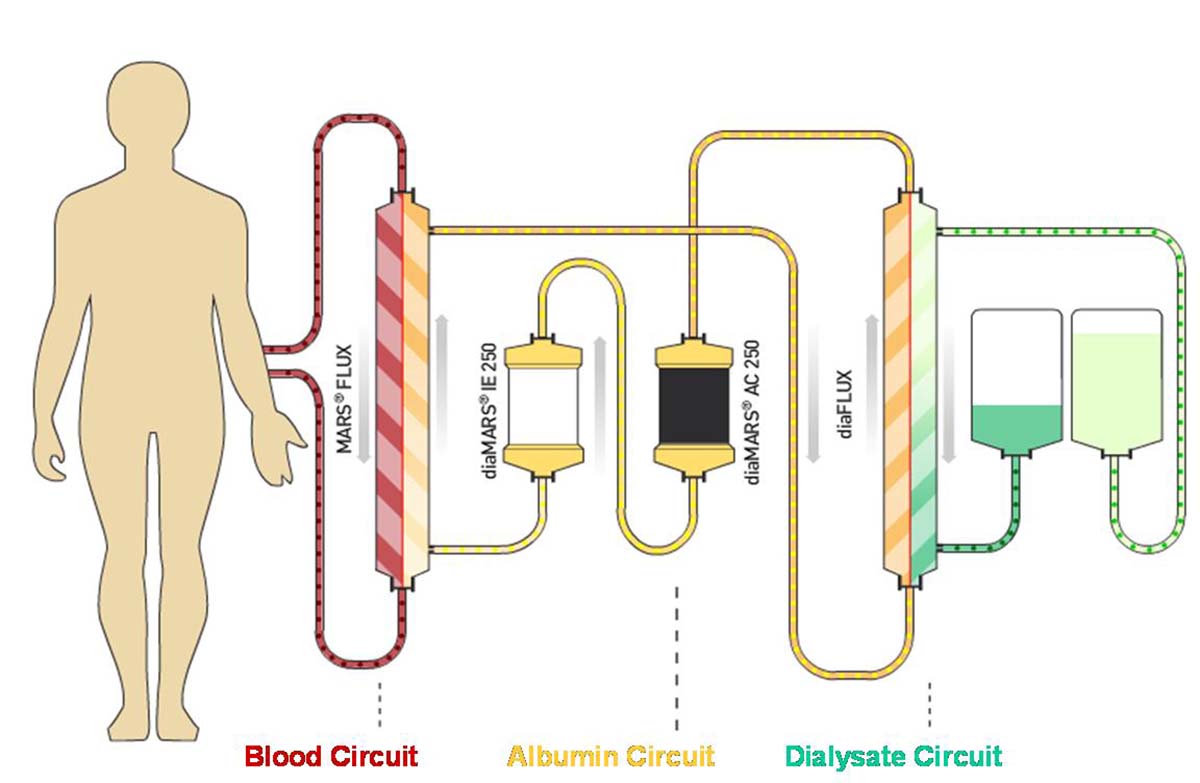
Albumin
Albumin is the most common blood plasma protein (about 40-60%). Albumin is made in the liver and its half-life lasts for 15-20 days. Decomposition of albumin provides releasing the amino acids, which are used in a variety of metabolic processes.Properties
Albumin is a globular protein, which is continuously produced by the liver, because it is constantly dissolved. It is a simple protein which does not contain groups such as carbohydrates or metals. The most part of albumin is located in the blood plasma (about 40-60 g / l), while rest (about 20-40 g / l) is located in other extracellular liquids. Only a small portion of albumin is filtered in the process kidney filtration rate by passing through renal glomeruli, but it is reabsorbed in renal tubules by pinocytosis.Function
Albumin plays an important role in many processes: maintaining the osmotic pressure of blood plasma - it does not pass through most capillary pores due to its size, so it remains in the plasma holding water molecules. Any loss of albumin and its reduced creation leads to outflow of water in extra vessel environment, causing edema. Edemas are most pronounced at nephrotic syndrome, when large amount of albumin and other proteins are lost through the kidneys. This results in hands, legs and eyelids edemas, ascites (accumulation of fluid in the abdominal tissues - peritoneum), generalized edemas- anasarca. Also, other diseases such as diabetes, glomerulonephritis , etc. can cause increased albumin excretion by urine. In addition, there is increased permeability of blood vessels in burns, causing release of albumin in extra vessel environment. Besides that, part of the albumin is dissolved, leading to water outflow and the edema creation. As liver is the main place for albumin production, its damaging and liver failure (liver cirrhosis) reduces albumin concentration in the blood. albumin transports various substances through the blood plasma such as various hormones - thyroxin , tyronine and sex hormones, fatty acids, ions (calcium ), variety of drugs (sulfonamides , salicylates), and so on. albumin also transports unconjugated bilirubin which is attached to albumin. Free unconjugated bilirubin is toxic to the nervous system of a newborn, and may cause kernicterus disease. After the saturation of all binding sites in albumin, unconjugated bilirubin binds to glycoproteins of blood plasma but not so tightly as to albumin, which can lead to the aforementioned disease.albumin participates in maintaining constant pH value of blood.Disorders
Albumin disorders include: hyperalbuminemia indicates an increased concentration of albumin in the blood. It occurs in dehydration.hypoalbuminemia indicates a reduced concentration of albumin in the blood. It occurs in: reduced creation of albumin due to liver diseases or decreased protein intake, increased albumin degradation (increased catabolism ) for example in inflammation, reduced absorption of amino acids in the intestine, increased albumin loss via urine ( nephrotic syndrome , diabetes , glomerulonephritis, systemic lupus , etc.), skin (burns) and feces (tumors, inflammations, etc) disorder of the albumin distribution between extravascular and intravascular fluids. genetic disorders (albuminemia)

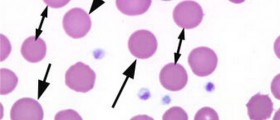

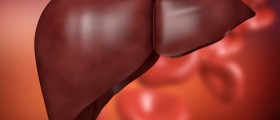

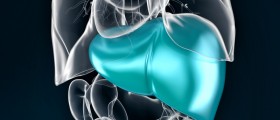





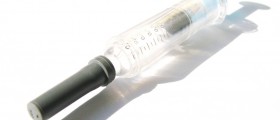
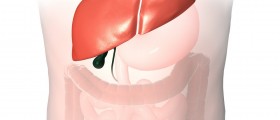



Your thoughts on this
Loading...